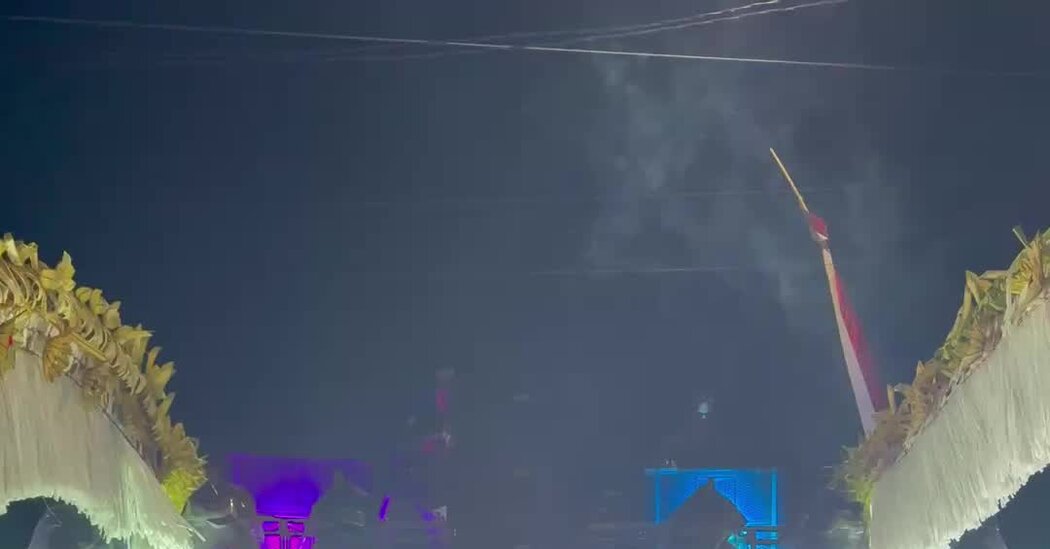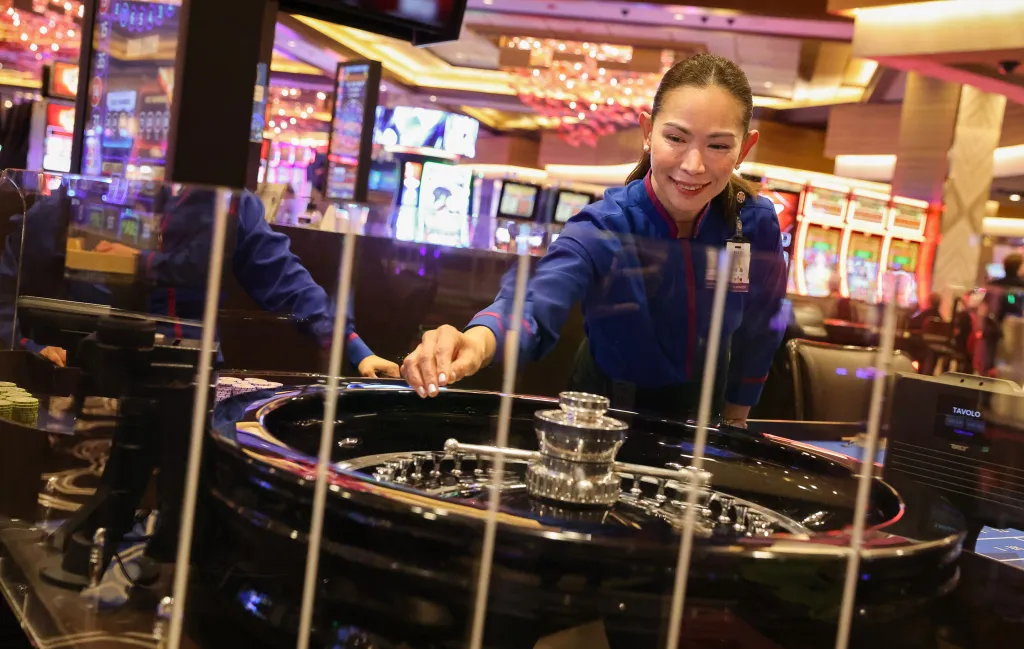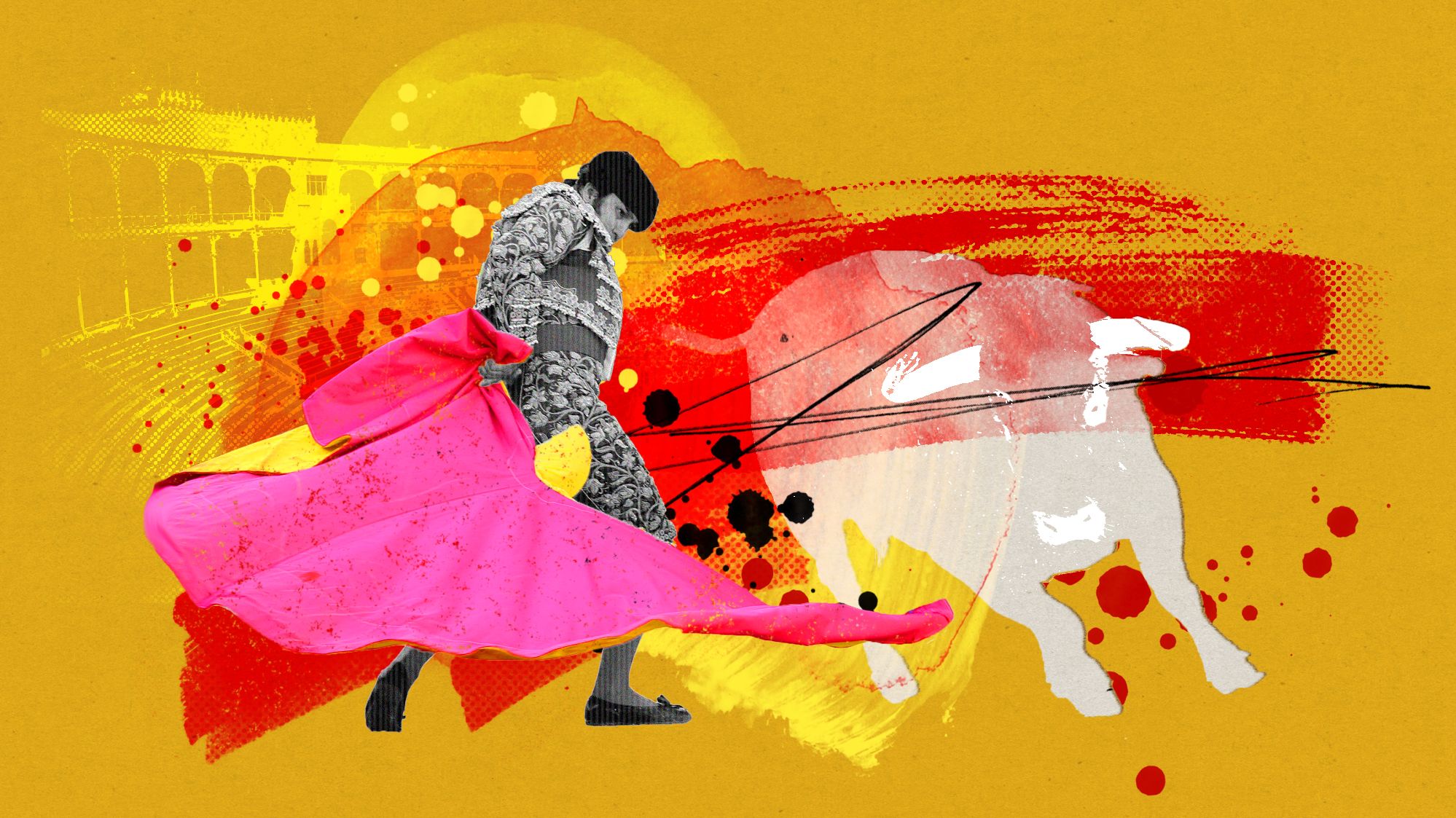Copyright The New York Times

Asia Pacific|Around Here, It’s Not a Party Without a Bone-Rattling Speaker Truck https://www.nytimes.com/2025/10/22/world/asia/indonesia-sound-horeg.html The red truck was decked out in blue, yellow and neon lights. It was hauling speakers racked 12 feet high and almost 15 feet wide. It trundled down a narrow village street, booming out Javanese folk music remixed with electronic beats. The bass coursed through every body in sight. “Now, this is what we call horeg,” shouted Aldi Ferdian, using a Javanese word that means to vibrate or shake. “You can feel the vibration in your chest.” It was one of 20 trucks rented by the residents of Kranggan, a village in Indonesia, in August for an Independence Day parade that covered a couple of miles. All had racks of speakers powered by generators, pumping out deafening music for hours. Each was followed by dancers, some dressed in traditional kebayas and children in Disney princess costumes. The only people wearing earplugs were in the audience. In recent years, demand for these trucks — known as sound horegs — has soared in sections of East Java Province, which is part of Indonesia’s most populous island and home to more than 40 million people. They amp up religious festivals, national holidays and family gatherings like weddings and circumcisions. “We villagers have limited options for entertainment,” said Mr. Aldi, 24, who traveled more than 500 miles back home from the capital, Jakarta, for the parade. “That’s why we really look forward to events like this.” But these celebrations can be hazardous. Sound horegs have been blamed for broken roof tiles and cracked ceilings. Raucous crowds of horeg partyers have trampled fields of crops. In August, a man died after he fell off the speaker tower he was dancing on. In Ngajum, a village near Kranggan, Sunandar was worried about how his bedridden wife would fare with the loud music that went on for 12 hours. She had recently suffered a stroke. “I asked the head of our neighborhood association to lower the volume, but he said that inviting sound horeg was a communal decision, so he couldn’t do anything about it,” said Mr. Sunandar, 81, as he watched the trucks pass his house. Like many Indonesians, he goes by one name. The sound that Monday night was as loud as a rock concert, the volume topping 100 decibels on a decibel meter used by The New York Times. Extended exposure to 80 decibels or more is harmful, according to the World Health Organization. In July, the local branch of the Indonesian Ulema Council, the nation’s highest Islamic authority, declared sound horegs to be haram, or forbidden by Islam. They have the potential to be harmful to people’s health, can be a waste of money and often involve drunken crowds and dancers in revealing outfits, it said. Regional authorities then set a sound limit of 85 decibels for parades. But demand for the trucks has not dipped. There are hundreds of sound horeg operators in just the Malang region, which includes Kranggan, charging as much as 40 million rupiah, or $2,400, a night for a truck. They are also a boon for costume rentals and street vendors who hawk food, drinks and toys along the parade routes. Muzahidin started Brewog Audio in 2018, renting out one small truck and sound system for events in Togogan, a village near the city of Malang. He now has 12 trucks staffed by 100 employees — all nearly booked for the rest of the year. “Many villagers have also made an advance payment to book for next year’s events,” said Mr. Muzahidin, 39. He said he had designed and made his own subwoofer, a key component of the sound systems. More subwoofers mean more bass and vibration. That is what audiences want, said Anton Pradesta. He and his neighbors in Ngajum saved up for a year to rent a Brewog Audio truck for Independence Day. Ahmad Abdul Aziz, 29, a Brewog Audio sound engineer, said customers often demanded the music be set at a high volume to produce more reverb. “If it’s not loud, then it’s not horeg,” he said. East Java has a more expressive culture than other parts of the island, and so its people are more tolerant of loud noises, said Nindyo Budi Kumoro, an anthropologist at Brawijaya University. Sound horegs’ roots have been traced to the 1970s, when rock music started becoming popular in East Java and led to a new focus on sound systems. Later, the speakers started appearing on pickup trucks. As with all music, many people think of sound horeg as freedom of expression, not noise pollution. “People in the city have discos or clubs, then sound horeg could be seen as villagers’ musical expression,” said Muhammad Rayhan Sudrajat, an ethnomusicologist. It could even grow into its own genre, he added. As the festivities in Kranggan came to a close, Mr. Aldi and his friends were discussing which operator to book for next year’s event. “This is about pride,” Mr. Aldi said. “When we invite a great sound horeg vendor with a better reputation and quality, we feel prouder.” Related Content Advertisement SKIP ADVERTISEMENT



